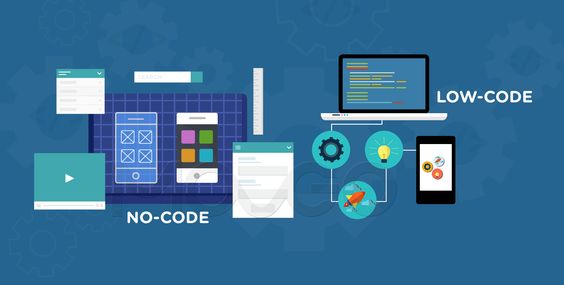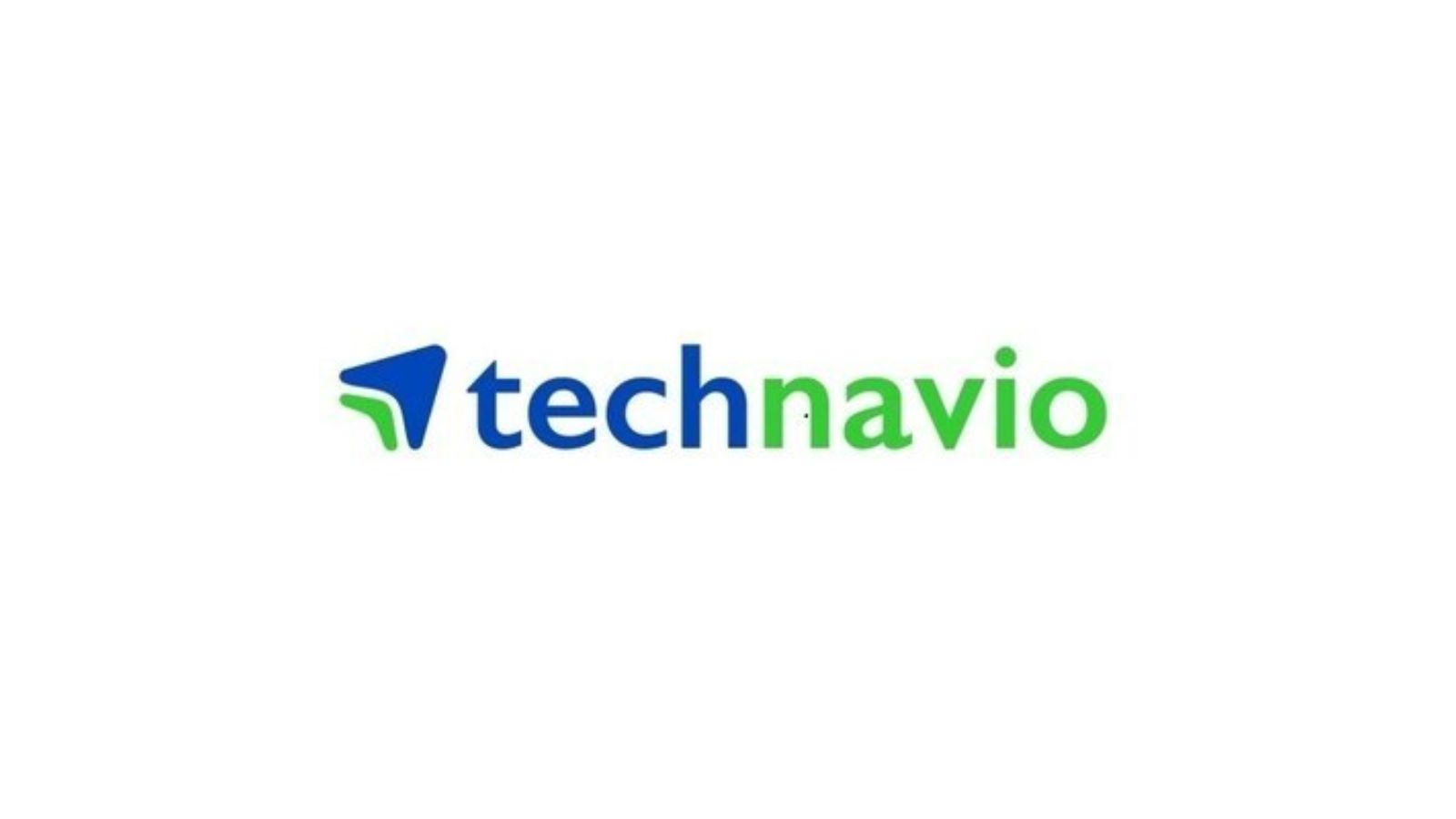Empower Your ML Journey: Top Low-Code and No-Code Platforms
In the world of evolving digitalization and technology, various IT firms and units of organisations feel the need to construct and deploy their software applications to meet the customer’s requirements. This causes the delay in developing new softwares as there are fewer resources present and the backlog of operations face a rapid increase. The urgent need of providing more and more applications on regular basis, it becomes the responsibilities of organisations to supply their developers with tools and platforms that would ease out the work and will be time efficient in order to produce more and more applications to meet the user’s needs. In response to this, the low code and no code platforms are considered fast and budget friendly when it comes to producing more and more applications. This article will provide you insights on how the low code and no code platforms function and what are some of their key features and applications that benefit the IT firms and software developing organizations.
In today’s world, various organizations and firms are using low code and no code platforms as per their preference mechanism, leading to a drastic shift from the structuring of development to the assembling and integration of the applications. Gartner in his recent study, states that 70% of the new applications which have been recently developed will employ the low code or no code mechanisms by the year 2025 which is 25% higher than those used in the year 2020. The delay in development of software applications is leading towards the loss of various IT companies who are losing their clients and business due to the rapid requirement of software applications. Instead of waiting for the IT firms to fulfil their needs, the business teams or clients are managing and experimenting the development of new applications by utilizing the low code and no code platforms that often strike up as a fast and cost-efficient method for them as they don’t have to pay extra to an IT firm just for an application development. As there is no barriers while entering in the platforms and it cuts off the cost margins, these low code and no code platforms are becoming very popular among the regularly growing businesses and companies preferring these transformations that take place due to the use of these platforms. These new technologies help professional developers to perform their tasks three times faster than while using traditional forms.
What are low code and no code platforms?
Low Code Platforms
The mechanism of Low code platforms is a software development program that require no coding or very little coding in order to release faster and efficient app releases. These platforms enable the use of Graphical User Interface (GUI) and intuitive modelling in order to provide a better visual development of the software applications. They work as a collaboration of various software tools and provides better functioning in order to construct the best software applications. Due to the complete elimination or reduction of coding, the low code platforms provide a faster way to release the apps and helps in smooth and time efficient use of the platforms.
In 2011, the concept of Low code was first introduced in the technological world and was considered to be a challenging concept in the world of programming which leads to the increase in utilization of development platforms which help in reducing the task of coding and engages itself in the development hence reducing the work for developers.
The foundation of these platforms is deeply rooted in concepts such as automatic code generation and model-driven design. The tools employed in these platforms reduce the line-by-line coding, instead it allows the integrated tools that enables the user’s authority over flowcharts that are embodied in the visual editor, therefore automatically producing the codes automatically.

No Code ML Platforms
These frameworks allow the non-IT users to create the software by totally neglecting the use of codes. Often providing the users with an easy-to-use UI, these platforms authorize their users to visually execute the process and design the business logic through the drag and drop options present in its UI system. These platforms are generally considered ‘extraordinarily disruptive’ alongside the low code platforms. By providing a leverage to the visualist development, these platforms ensure the non-programming users to create a full application based on visual executions.
These platforms result in the elimination of IT firms from businesses as the need for coding is eliminates allowing the client to create an application completely on his own and even authorize them to personalize the app or software according to their desired outcome and requirement.
Evolution of Low Code and No Code Platforms
The beginning of Low code/ No code platform stems back to the conventional rapid application development tools like Excel, Lotus Notes and Microsoft Access that authorize users in certain ways and allows them to develop and customize the apps or softwares on their own. However, the conventional tools created a challenge for the users by requiring them to have a thorough understanding of the business and its environment in order to generate the software and apps. However, the use of low code or no code platforms provide the user the liberty to eliminate coding or have little to no knowledge of these feature through their drag and drop options. In order to carry out a successful project, it is however considered beneficial to work with experienced programmers who have an advance knowledge of these low code and no code platforms.
Before launching an app using such platforms, it is essential to identify your target audience and how they would use the app. Usually the apps created through the low code/ no code platforms are accessible to various departments and can be used by the entire enterprise as well as the users such as customers.
Few Low Code ML Platform sites and app
- Mendix: Mainly focused on businesses, this low code developing platform helps in solving the issues of enterprise application development, workflow automation, and modernization for legacy systems. Mendix offers a wide range of features that act in collaboration with each other to provide a better app development. The feature of polls in Mendix provides the feedback that marks out the target audience and area which should be kept in focus. The integrations for SAP, Microsoft Azure and Teams, AWS, Salesforce, Google Cloud, and IBM Cloud are pre-built. The in-built API can be used to build connecters which are referred to the solutions created by the users themselves. They offer a pricing that ranges from $60 per month with a free trial plan and allows the truly agile development.
- Appian: With low code development tools covering domains like process mining and data fabric, Appian provides end-to-end process automation. Appian’s case management capabilities act as a major factor for its high use as a low code platform. Salesforce, AWS, and SAP have pre-built integrations, and user can link their own solutions using an API. It starts from $2 per user each month and offers a free plan for trial. It also provides robust features for process automation and strong case management. The security platforms used are wide and help in better functioning and production of app. However, it appears to be a tough task while applying it in the built-in database systems. Another drawback is that it provides a limited scope of data visualisation and custom reporting.
- Nintex: Its drag and drop feature and the pre-built templates offer a low code process automation tool. The integrated process mapping function helps in maintaining a smooth workflow management which allows changes in the scope and approach of development. The built-in robotic process automation allows the automation of tasks which come out as a habitual practice of the user such as the document generation, E-signatures, etc. Azure, AD Groups, Amazon S3, Google Translate, Outlook, Slack, Smartsheet, Signiflow, and Bacon Ipsum have their pre-built integrations in Nintex. Its prices range from $2,083 per month and offers a 30-days free trial. Its responsive support team makes it an interactive and rather helpful platform. It gives the user a robust automation and offers the comprehensive onboarding process. However, it has a steep learning curve which makes it difficult to understand in terms of operations and production and it is a rather expensive approach for the user.
Some No Code Platform sites and apps
- CreateML: Apple provides CreateML, which is a no-code platform for the construction and refinement of bespoke machine learning models. As an independent macOS application, CreateML offers a variety of pre-trained templates. The application allows the generation of Texts, tabular data, pictures, videos, and graphics as inputs. It will create classifiers and recommender systems based on the information. The training and validation data must be parsed in the necessary forms for CreateML, which might be rather complicated. Before beginning the training, you may also customize the iteration count and fine-tune the metrics.
- Google Cloud AutoML: A cloud-based system, it includes tables, videos intelligence, natural language processing, AutoML Translation and Vision for image classification. Developers can use the case specific models and train them even when they have little or no knowledge of machine learning. However, it could be tough for a non-developer to personalize the results using Google Cloud AutoML.
- Graphite Notes: One of the biggest challenges with machine learning is its complexity, particularly for non-technical workers. Graphite Note can help this as it does not require coding and it prioritizes ‘business value’. It makes the machine learning analytics easy to understand and apply and people with no knowledge of coding can construct machine learning models. It authorizes the strategists, execution teams, and decision makers to forecast possible outcomes based on their datasets.

Benefits of Low Code/ No Code Platforms
- In the rapidly growing world that requires speed and efficiency in its work, these platforms provide faster pace to the production and delivery of app and software.
- The allow a quick and easy access to everyday workers who have little to no knowledge of coding and enables them to solve problems on their own and create the apps required in their businesses.
- These programs reduce the work of professional developers through their automation techniques and features and allow them to focus on a larger, more important approach rather than sticking to the mundane work required in the app or software development.
- These platforms are also cost efficient and some of them are even free of cost while others may charge little amount of money from the users in order to provide their services.
Limitations of Low Code/ No Code Platforms
- These platforms, lead to a lack of visibility due to their low costs and often lead to the leaders losing track of ongoing projects.
- The customization is limited in these platforms and more capabilities might be required in order to offer better functioning.
In conclusion, these low code/ No code platforms turn out to be highly efficient and important in creating apps and softwares as they provide authority to the non-technological users who have no knowledge of coding. These are a better way to manage the development of softwares while saving both time and money by providing rapid functioning at a low cost. These platforms, despite being highly useful, may have some challenges which can be overcome by improving them and making them more reliable source for future use.








